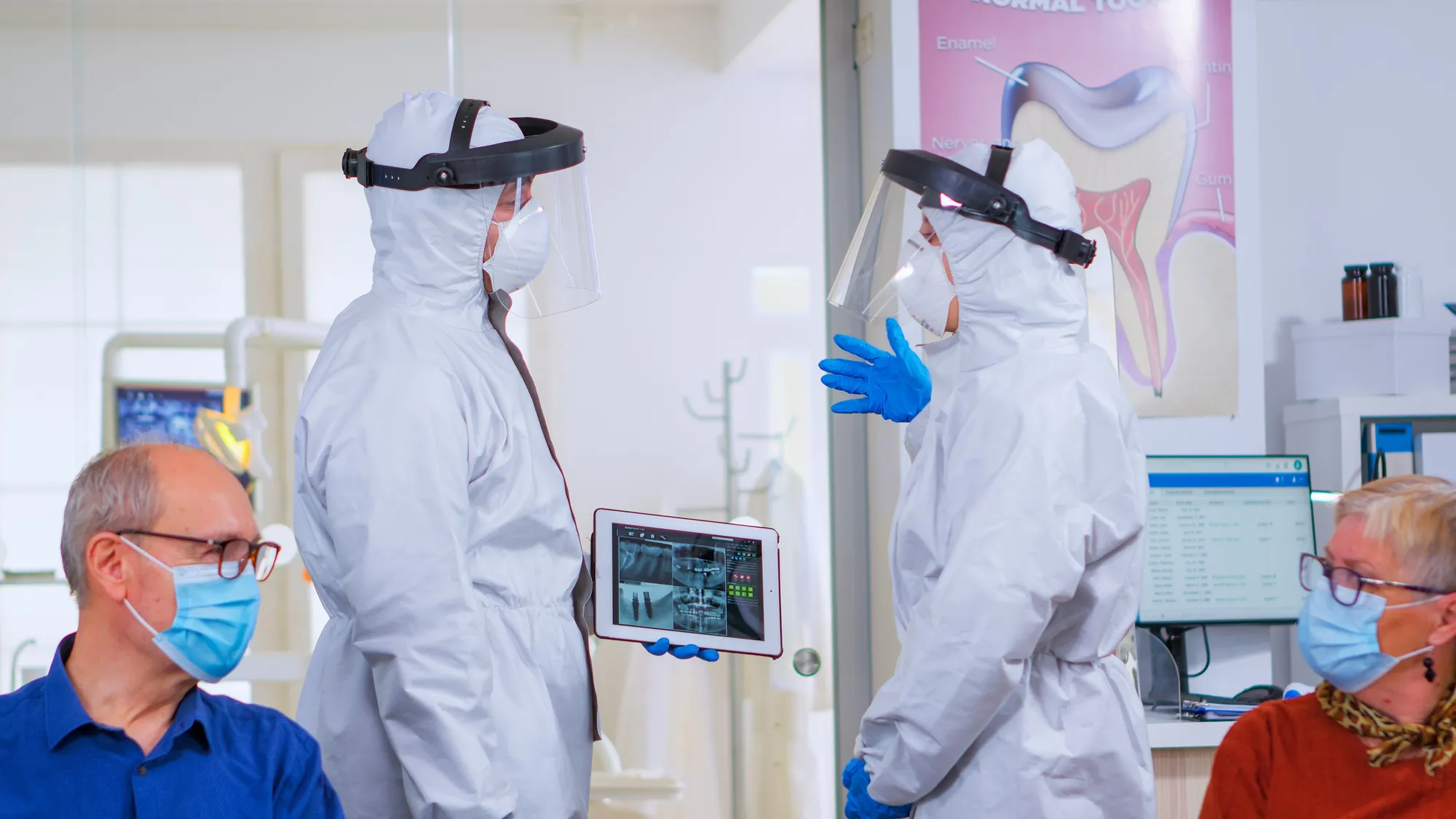As the global medical community remains vigilant in the fight against antimicrobial resistance, a recent study published in “Scientific Reports” illuminates a concerning development within the Netherlands. Researchers at a tertiary hospital have identified the presence of vanD-positive Enterococcus faecium, a variant of vancomycin-resistant enterococci (VRE), which poses a notable risk for hospital patients and the efficacy of current infection control measures.
The article, titled “Appearance of vanD-positive Enterococcus faecium in a tertiary hospital in the Netherlands: prevalence of vanC and vanD in hospitalized patients,” (DOI: 10.1038/s41598-019-42824-4) brings to light the persistent challenge antimicrobial resistance represents to public health.
Keywords
1. Vancomycin-resistant enterococci (VRE)
2. vanD-positive Enterococcus faecium
3. Antimicrobial resistance
4. Tertiary hospital infection control
5. vanD PCR screening
The Detection of vanD-Positive VRE
The screening program implemented at the concerned hospital typically only searches for the presence of vanA and vanB genes in rectal swabs. However, the discovery of a clinical vanA-/vanB-negative VRE isolate in a patient pushed the research team spearheaded by Dr. Jacky J. Flipse to dig deeper. Using whole-genome sequencing, the team identified that the resistance in the isolate was vanD-mediated, belonging to a rare type classified as ST17/CT154. The implications of this finding could not be overlooked, as the prevailing screening method would not have detected this variant of VRE.
Prevalence and Implications for Screening
The hospital undertook an expanded screening of 360 patients, incorporating a real-time PCR test for vanC1/2/3 and vanD gene detection. Results revealed that a surprising 27.8% of the patients carried the vanD gene. However, all vanA-positive broths cultured only yielded E. faecium, while the vanC1-positive broths yielded E. gallinarum. Crucially, no vanD-positive VRE cultures were found. This is a pivotal observation, considering the high prevalence of non-VRE vanD in rectal swabs, which precludes the feasibility of including vanD PCR in routine VRE screening protocols.
The study thereby highlighted the sophisticated balance required in surveillance – the need for comprehensive methods to identify rare but potentially serious resistance mechanisms while considering the practicality and cost-effectiveness of screening measures.
Nosocomial Spread and Hospital Response
While the study draws attention to the identification of a vanD-positive VRE isolate, it also brings some relieving news. The absence of culture-confirmed vanD-positive VRE limits the concern about an immediate nosocomial outbreak. Nevertheless, the hospital’s experience underscores the importance of constant vigilance and adaptability in hospital screening programs to account for emerging and unanticipated forms of resistance.
The Way Forward
Armed with an operational vanC1/2/3 and vanD PCR, the hospital team is now better equipped to rapidly check for these genes in future vanA/B-negative VRE cases. This proactive measure could prove decisive in controlling the spread of VRE within hospital settings.
The study by Flipse et al. not only increases awareness of vanD-type resistance but also exemplifies how genomics can be harnessed for effective public health surveillance and response.
References
1. Kim YJ, et al. Risk factors for vancomycin-resistant enterococci infection and mortality in colonized patients on intensive care unit admission. Am J Infect Control. 2012;40:1018–1019. doi: 10.1016/j.ajic.2012.01.009.
2. Jiang HL, et al. The Risk Factors, Costs, and Survival Analysis of Invasive VRE Infections at a Medical Center in Eastern Taiwan. Int J Infect Dis. 2017;54:18–24. doi: 10.1016/j.ijid.2016.11.005.
3. Werner, G. et al. Emergence and spread of vancomycin resistance among enterococci in Europe. Euro Surveill 2008.
4. Naas T, et al. First nosocomial outbreak of vancomycin-resistant Enterococcus faecium expressing a VanD-like phenotype associated with a vanA genotype. J Clin Microbiol. 2005;43:3642–3649. doi: 10.1128/JCM.43.8.3642-3649.2005.
5. Willems RJ, et al. Global spread of vancomycin-resistant Enterococcus faecium from distinct nosocomial genetic complex. Emerg Infect Dis. 2005;11:821–828. doi: 10.3201/eid1106.041204.
Conclusion
The discovery of vanD-positive Enterococcus faecium within a Dutch hospital spotlights the need for ongoing research and robust surveillance protocols in combating antimicrobial resistance. The case reinforces the value of genomic tools in the epidemiological playbook, ensuring public health defenses remain robust against the ever-evolving microbial threats.
